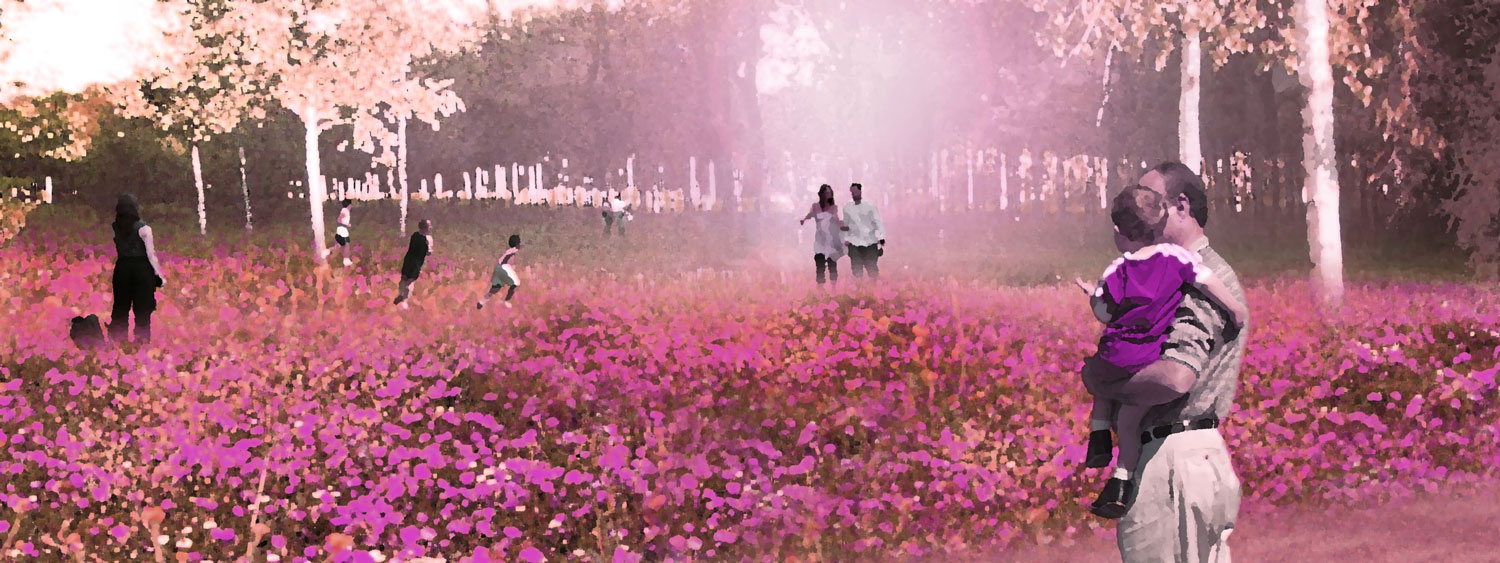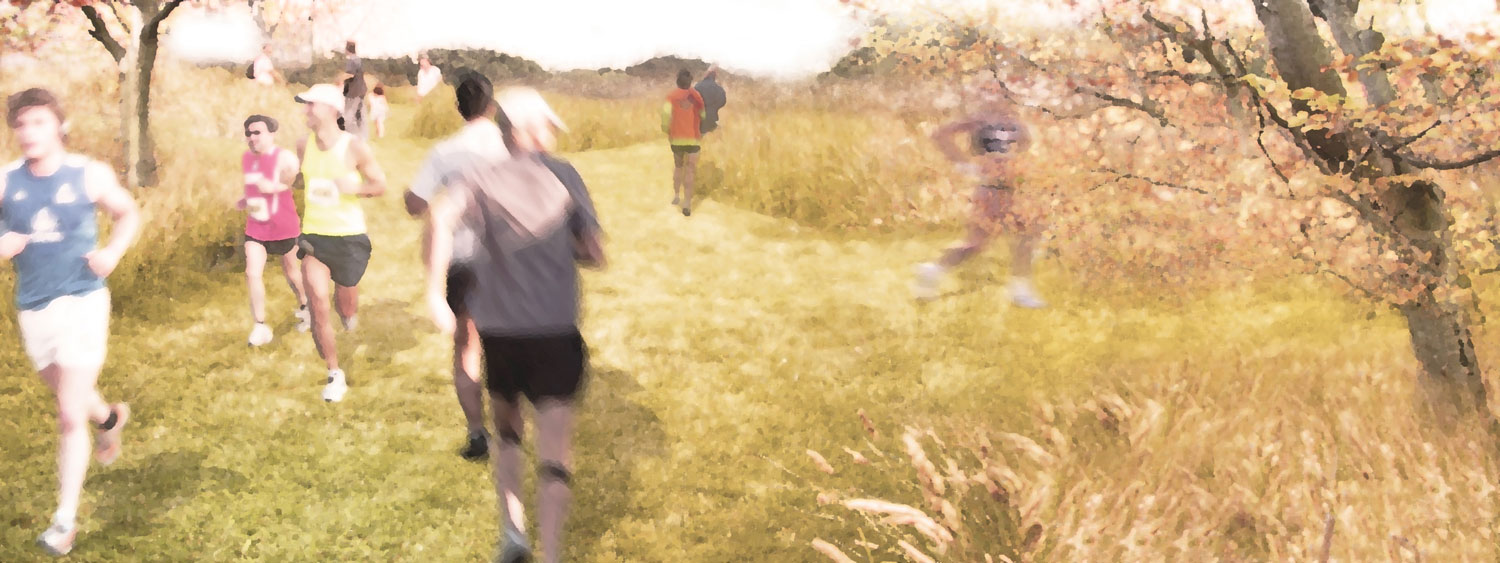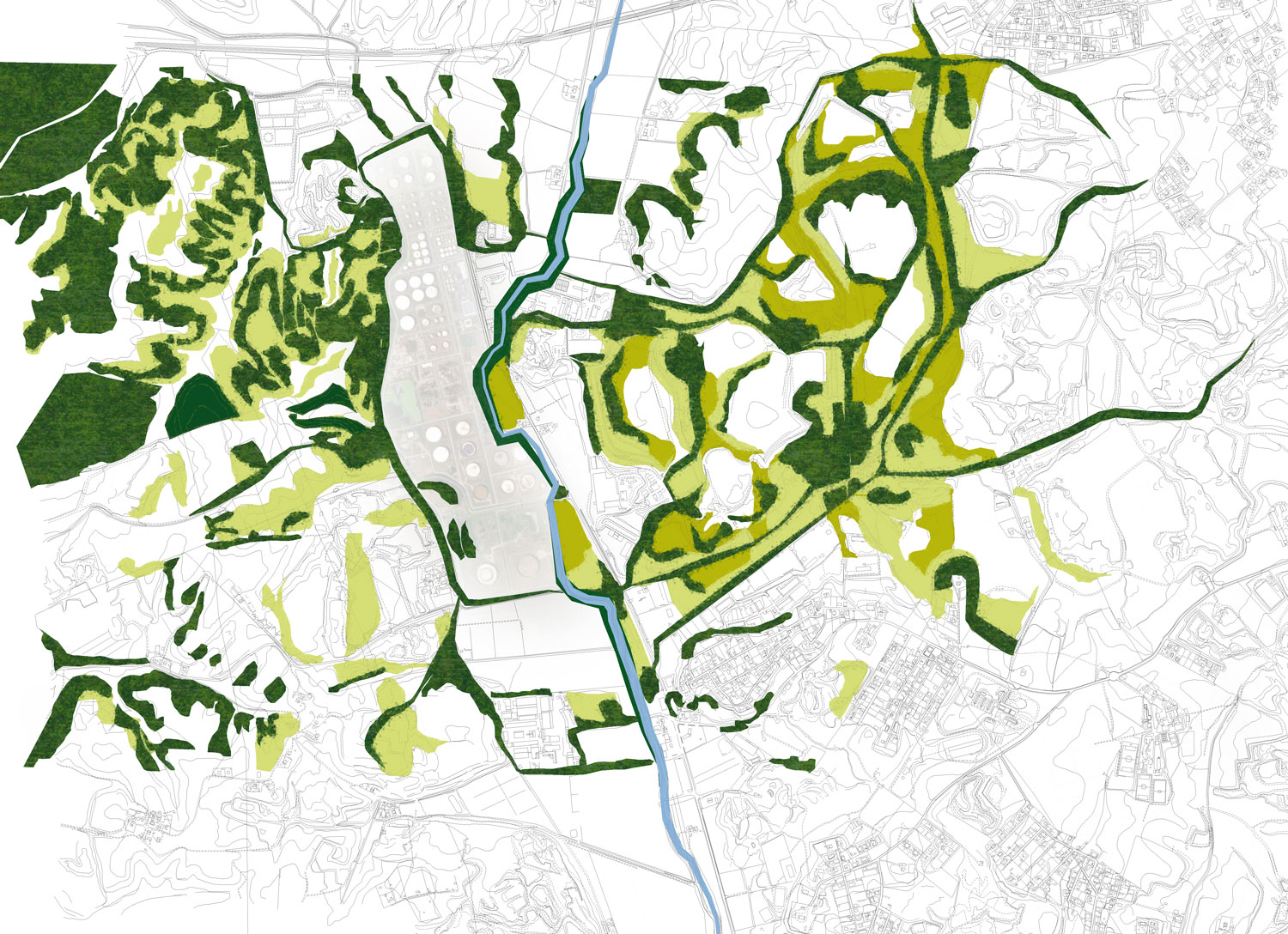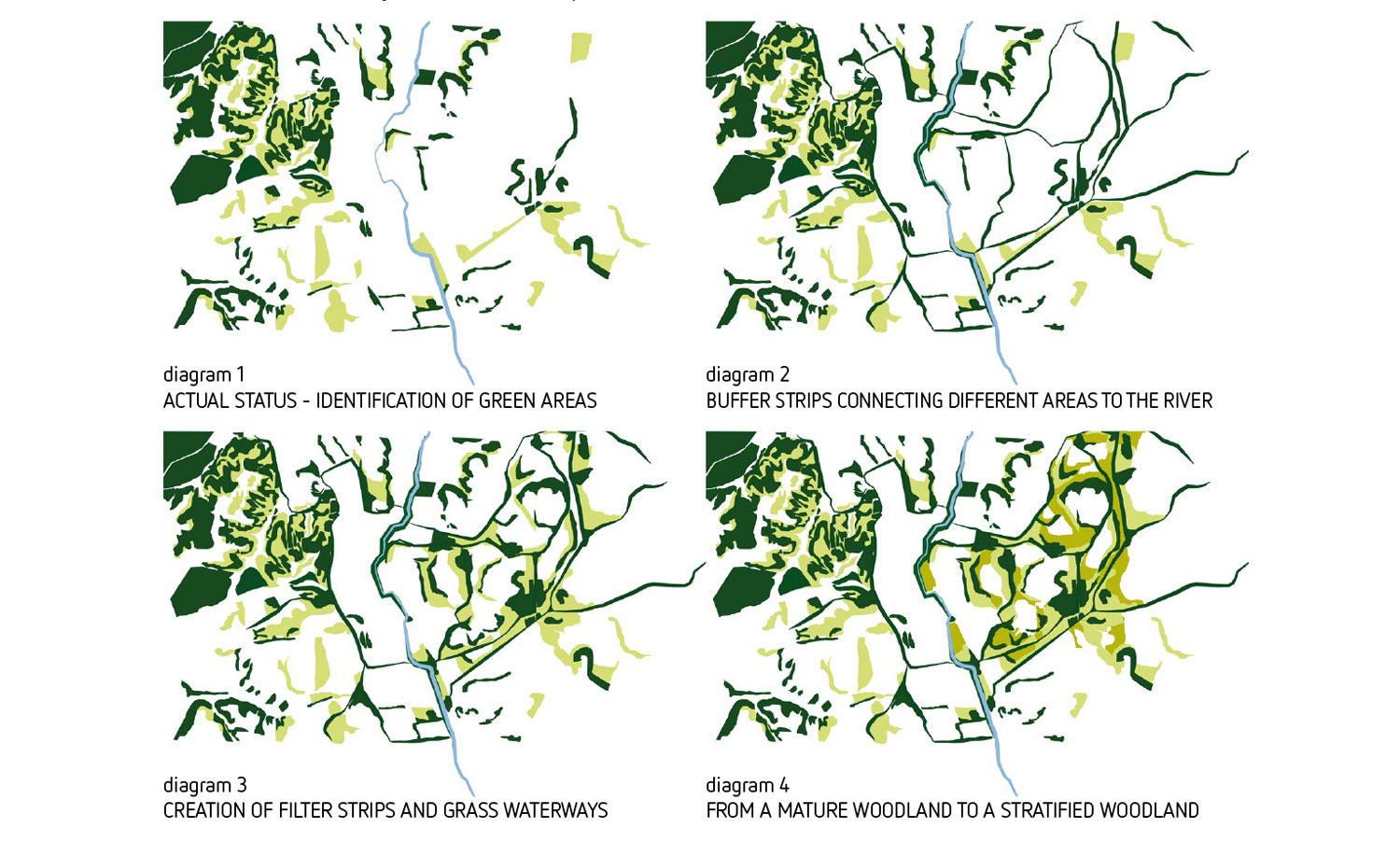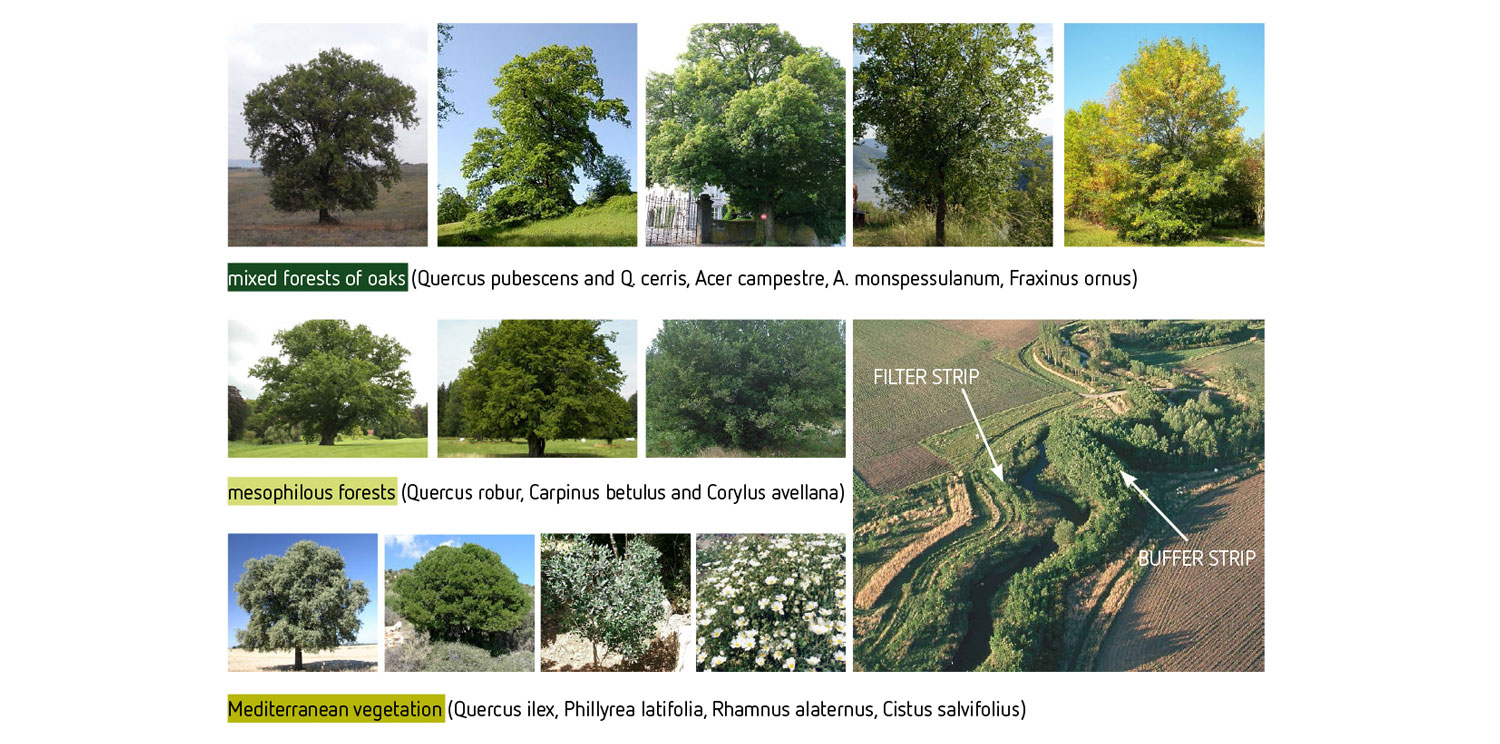1168-MAK-ROM.IT-2015
Clients: Deputy Mayor's Department For Environment, Food And Waste Of Roma Capitale
Status: Competition (2015)
Clasification: 1 prize
Location: Rome, Italy
Climate: Temperate, Mediterranean
Material: Vegetal
Environment: Countryside
Visualizer: Studio
Scale: 2.400.000 ㎡ Extralarge
Types: Intervention, Landscape
The Valle Galeria is a territory deeply stressed – as well as the tens of thousands inhabitants of the area – not only by the presence of Malagrotta landfill (the biggest in Europe, which treated more than 50 million of the «tal quale» waste), but also by the outnumbered plants classified as potential serious risk to public health in the context of «SEVESO II» (Dlgs n.334 of 1999.08.17) and concentrated in a narrow space, definitely compromising the air, soil, aquifers quality and the Rio Galeria.
The project
In this dramatic context, the aim of the project is the restitution of an area based on a self-re-naturalization. Far away from an artificial “park”, our idea emphasizes the creation of a site focusing on gradually nature changes. The project assumes the thesis that the environmental damage can’t be repaired by who generated it.
Our plan brings to a pure natural restoration, usable for scientific research purposes. But, there is an only limited human intervention and no maintenance at all afterwards in the buffer areas, necessary to the connections between the damaged zones.
The experimental aspect represents another important aim of the project, allowing over the coming years a true open air laboratory that could be used as model in similar environmentally stressed contexts, while respecting their different specifities.
The buffer strips
The buffer strips are essential to link between the areas submitted to the re-naturalization. They are small biological connections areas making easier the recovery of most degraded internal zones of the Valle Galeria. For that reason, the natural reclaiming of Rio Galeria – a precious natural buffer strip – is essential because of its central position in the area.
The recovery resulting in the self-reforestation will be supported by setting up several buffer strips that relate Malagrotta landfill with other close highly polluting factories. Those will help reducing air and groundwater pollution and constitute green corridors to plants and animals allowing the observing and recording activities as follows:
– recovery of natural vegetation;
– area’s colonization, occupation and use by new plant species;
– area’s colonization and use of space and resources available by the various animal species (vertebrates and invertebrates).
The planted species are all native, that is to say mixed forests of oaks (Quercus pubescens and Q. cerris, Acer campestre, A. monspessulanum, Fraxinus ornus), with potentiality for mesophilous forests in watersheds (Quercus robur, Carpinus betulus and Corylus avellana) and for Mediterranean vegetation in the summit areas (Quercus ilex, Phillyrea latifolia, Rhamnus alaternus, Cistus salvifolius).
The access is reserved to scientists only, at least during the current re-naturalization and thus the damaged ecosystem will be almost like the primitive one. The area will allow a great deal of innovating scientific records and represent, for few decades, a natural laboratory. After all, a balanced ecosystem will be restored in this deeply exploited and badly damaged area.
